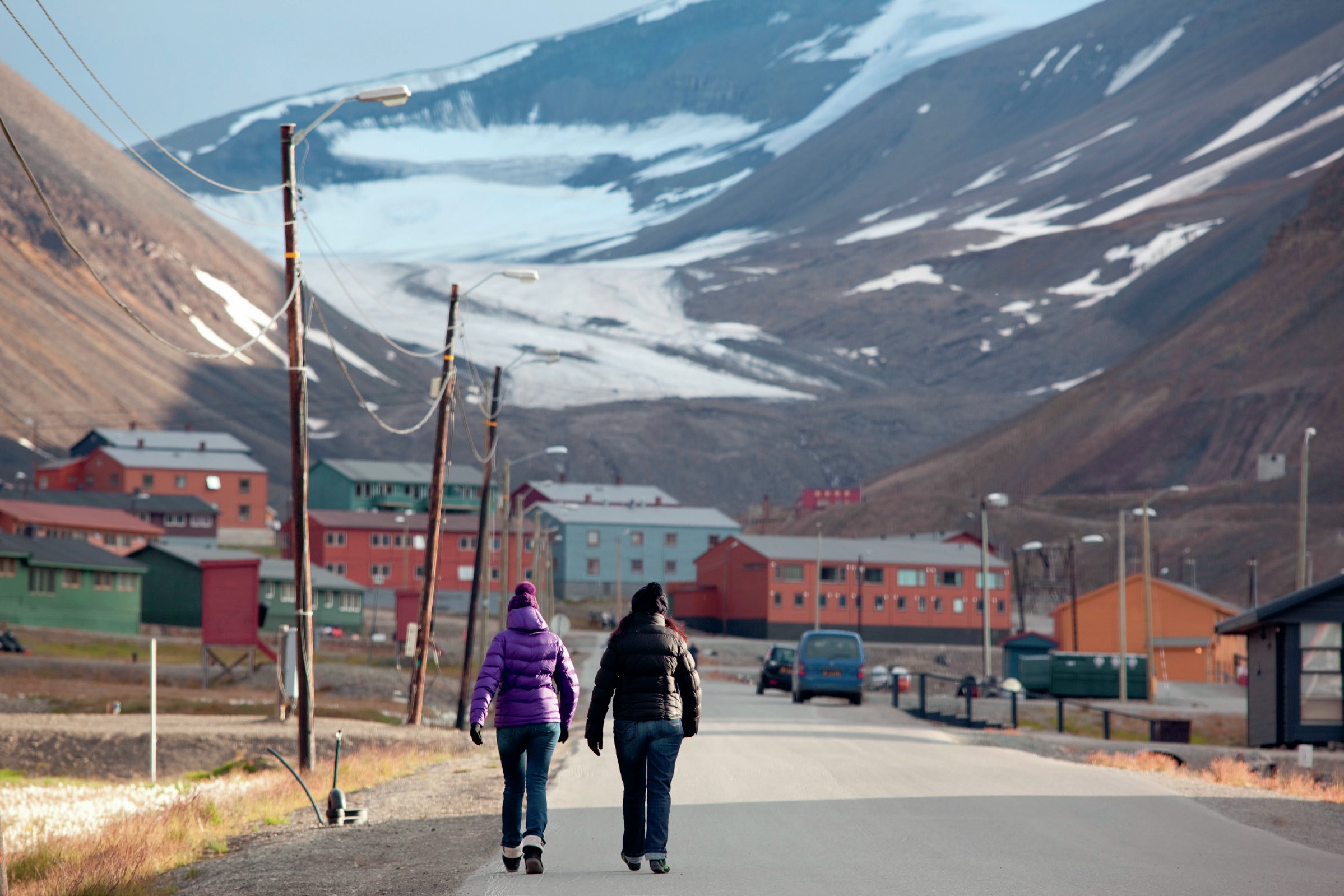
The town of Pyramiden in Svalbard is one of world’s northernmost settlements. It was once a thriving community of around 1,000 residents, with a school, hospital and swimming pool. Pyramiden was built in 1910 as a coalmining settlement after the discovery of coal in the vicinity, and for a short while, the town’s economy boomed on sales of this valuable fossil fuel.
However, Pyramiden’s story only lasted as long as the coal. In 1998, the coal ran out, the mines were shut down, and the area was abandoned overnight. What now remains is a ghost town of empty buildings and decaying mining infrastructure, a reminder of its industrial past.
Your organisation does not have access to this article.
Sign up today to give your students the edge they need to achieve their best grades with subject expertise
Subscribe




